Tektites of the world
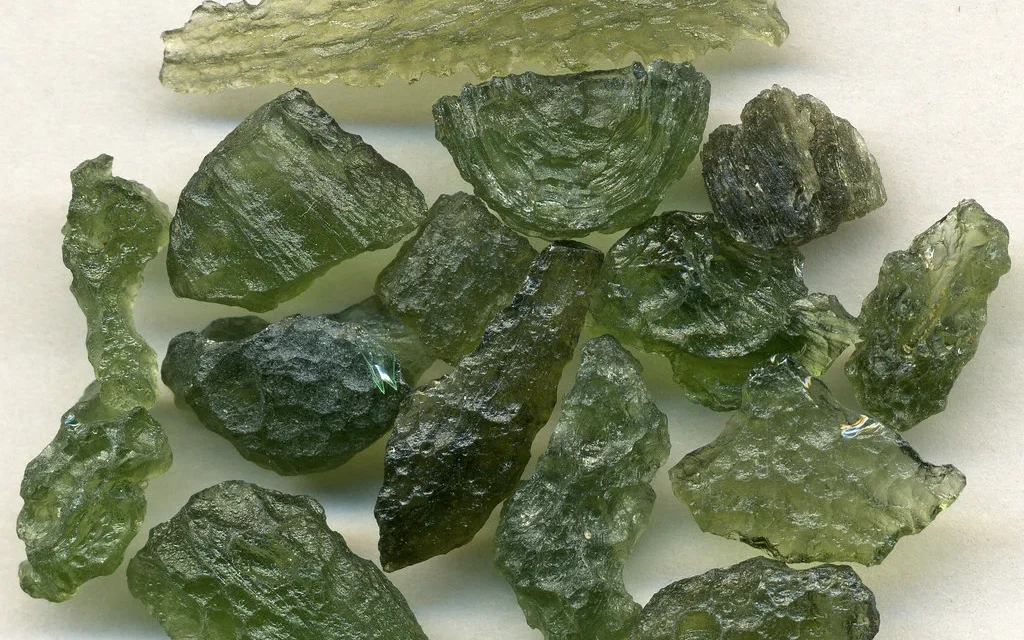
Tektites are fascinating natural glasses that have puzzled scientists and intrigued collectors for decades. These unique materials are believed to have extraterrestrial origins and are found scattered across the Earth’s surface in various regions. Despite being terrestrial in nature, their formation processes remain a subject of scientific debate, adding to their mystique and allure.
Formation
Tektites are thought to form during meteorite impacts, specifically during large-scale events where intense heat and pressure are generated. When a meteorite collides with the Earth’s surface at high velocity, it creates a shock wave that propagates through the target rock, melting it and ejecting molten material into the atmosphere. This molten material then cools and solidifies as it falls back to Earth, forming tektites.
Composition
The composition of tektites varies, but they are primarily composed of silica (SiO2), similar to natural glasses like obsidian. However, tektites also contain trace elements that are not typically found in terrestrial rocks, such as iridium and nickel. These trace elements are important clues that point to their extraterrestrial origin.
Types of Tektites
There are several types of tektites, each with its own unique characteristics and distribution:
- Indochinites: Found in Southeast Asia, these tektites are usually dark green and are associated with multiple impact events.
- Moldavites: Found in the Czech Republic, these tektites are green in color and are among the most sought-after by collectors due to their unique appearance.
- Libyan Desert Glass: Found in the deserts of Libya and Egypt, this tektite is yellow-green and is thought to have formed from a particularly large impact event.
- Russian Micro Tektites: These micro tektites are tiny glass spherules, often less than a millimeter in size, and are believed to have formed during impact events. Despite their small size, micro tektites are valuable to scientists studying impact events and can provide insights into the nature of the impacting body and the conditions during the impact.
Formation Mechanisms
The exact mechanism by which tektites form is still a matter of scientific debate. One prevailing theory is the “splash” model, which suggests that tektites are formed when molten material ejected during an impact coalesces in mid-air and solidifies before falling to the ground. Another theory is the “melt droplet” model, which proposes that tektites are formed from the melting and re-solidification of rocks at the impact site.
Impact on Earth and Society
Tektites are not only of scientific interest but also have cultural significance. In some cultures, tektites are considered to have mystical properties and are used in jewelry and other decorative items. Additionally, the study of tektites has provided valuable insights into the Earth’s history and its interactions with extraterrestrial bodies.
Moldavites:
Moldavites, discovered primarily in the Czech Republic, are highly coveted by collectors for their unique appearance and vibrant green color. These tektites are believed to have formed approximately 15 million years ago during a meteorite impact in what is now the Ries crater in Germany. The intense heat and pressure generated by the impact event melted local rocks, ejecting molten material into the atmosphere. As this material cooled and solidified upon reentry, moldavites were created, scattering across the Czech landscape.
The study of Moldavites provides valuable insights into the geological processes involved in meteorite impacts and the formation of tektites. By analyzing the physical and chemical properties of Moldavites, scientists can reconstruct the conditions prevalent during impact events and gain a deeper understanding of their effects on Earth’s environment. Moldavites also offer valuable clues about the frequency and intensity of impact events throughout Earth’s history, contributing to our understanding of planetary dynamics and the role of celestial phenomena in shaping terrestrial environments.
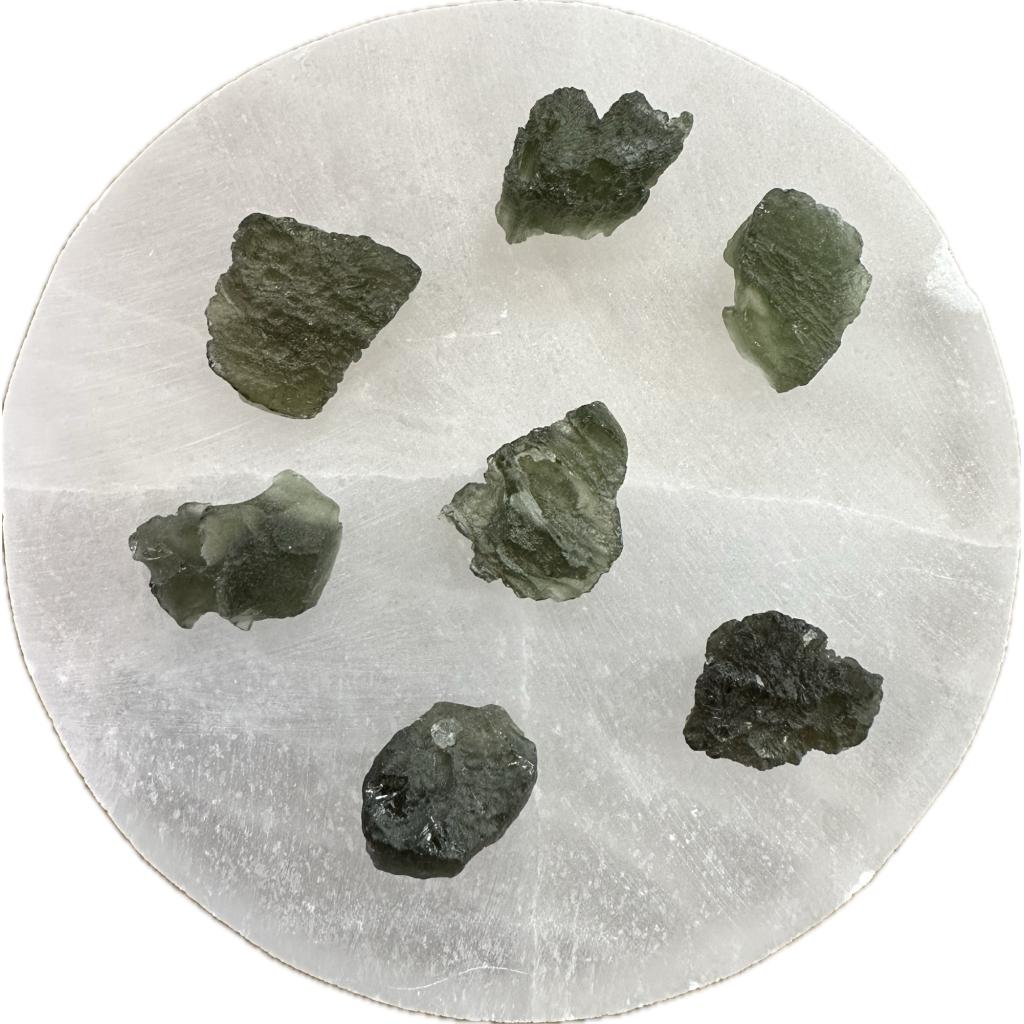
Beyond their scientific value, moldavites hold cultural significance, inspiring myths, legends, and spiritual beliefs among various cultures. Throughout history, these enigmatic tektites have been associated with mystical powers and used in jewelry and ornamentation. The cultural heritage surrounding moldavites adds depth to their allure, highlighting their role as bridges between scientific inquiry and human imagination. As such, moldavites serve as tangible reminders of Earth’s interconnectedness with the wider universe, inviting us to contemplate the mysteries of space and our place within it.
Indochinites:
Indochinites, a type of tektite predominantly found in Southeast Asia, are renowned for their deep green coloration and association with multiple impact events. These enigmatic glassy objects often exhibit irregular shapes and a pitted surface, indicating a tumultuous formation process. Scientific consensus suggests that Indochinites formed as terrestrial rocks melted rapidly during meteorite impacts. Their widespread distribution across Southeast Asia implies that they originated from several distinct impact events rather than a single catastrophic occurrence. This diversity in impact sources adds complexity to the region’s geological history, providing valuable insights into the Earth’s past encounters with celestial bodies.
The study of Indochinites offers a unique window into the geological evolution of Southeast Asia. By analyzing the physical and chemical properties of these tektites, scientists can reconstruct the circumstances surrounding their formation and gain a deeper understanding of the impact events that created them. Furthermore, the presence of multiple impact events associated with Indochinites highlights the dynamic nature of Earth’s relationship with space, emphasizing the significant role that extraterrestrial phenomena have played in shaping the planet’s surface and environment over millions of years.
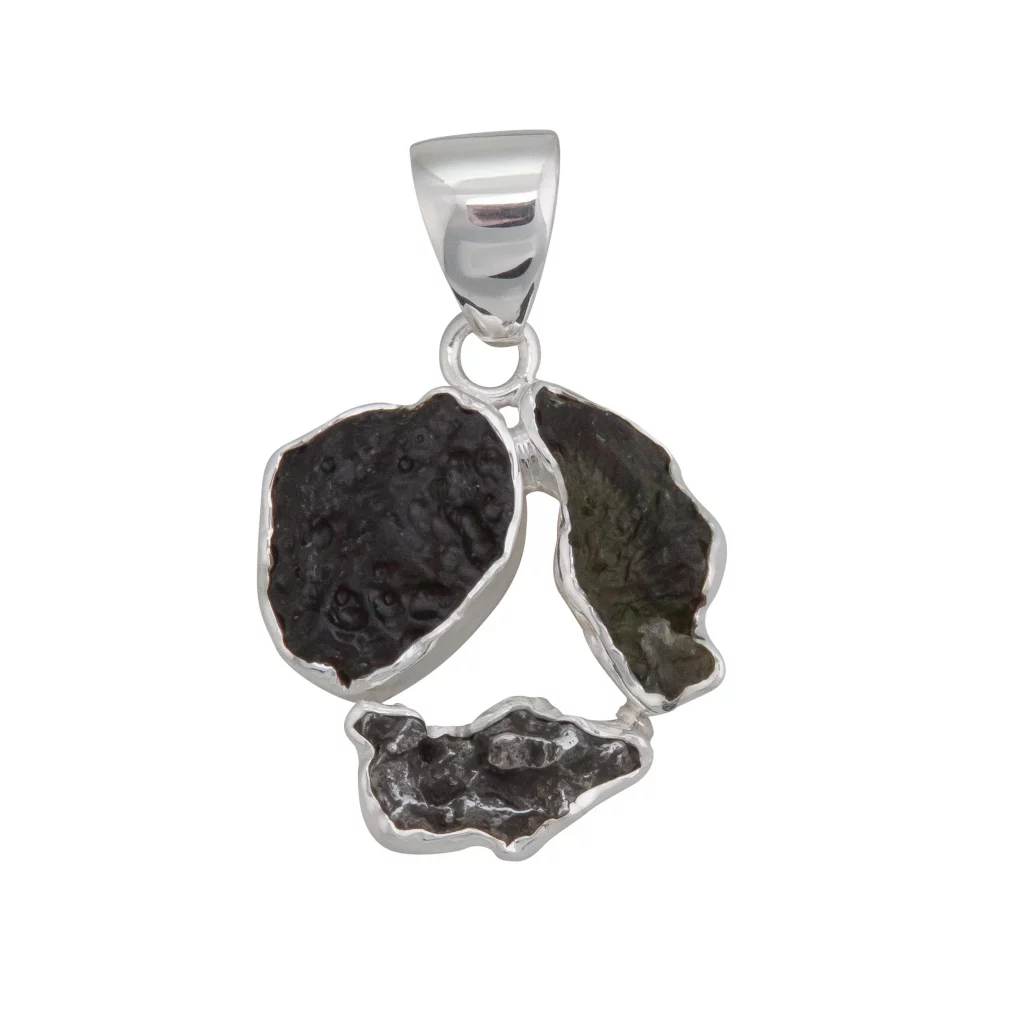
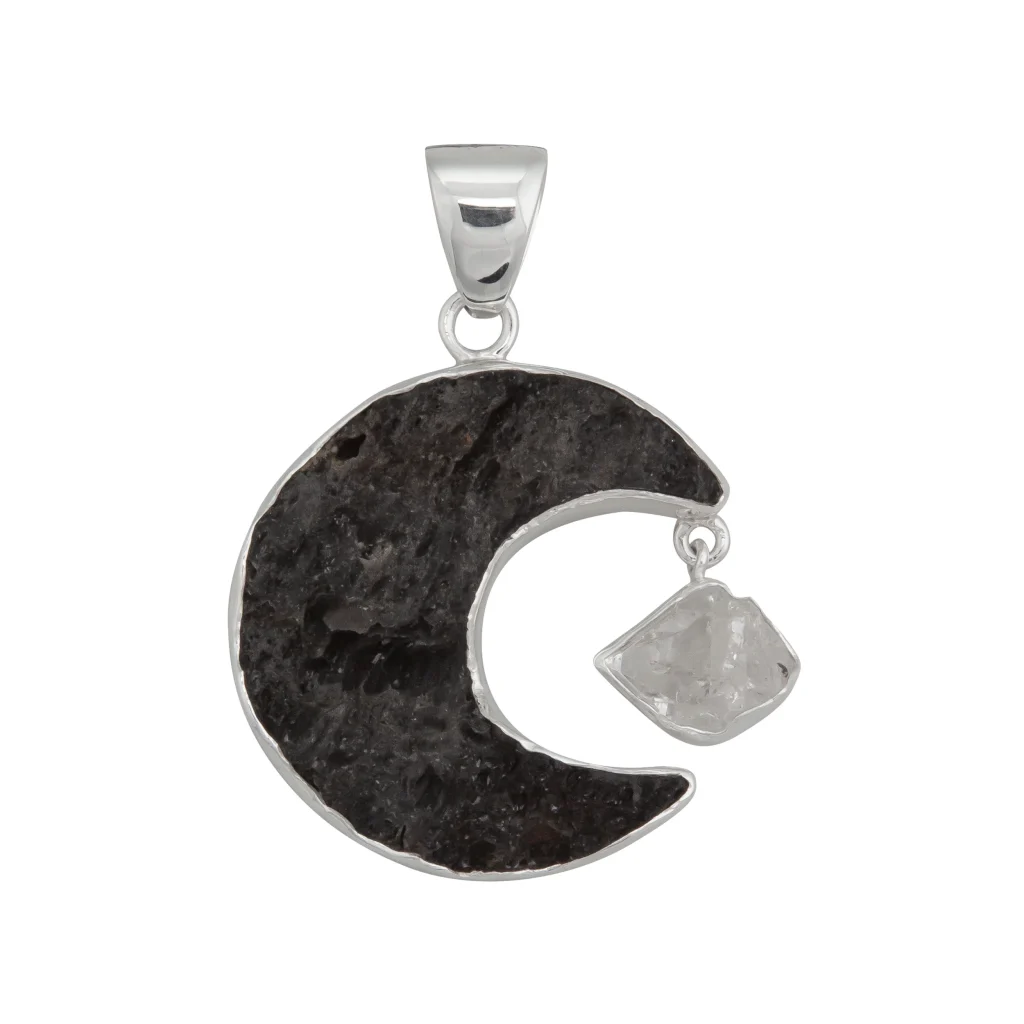
Indochinites are not only of scientific interest but also hold cultural significance for the communities inhabiting the regions where they are found. Throughout history, these mysterious tektites have inspired myths, legends, and spiritual beliefs among indigenous peoples, who often regard them as sacred objects imbued with mystical powers. The cultural heritage surrounding Indochinites adds another layer to their allure, bridging the gap between scientific inquiry and human imagination. As such, these remarkable tektites serve as both geological artifacts and cultural symbols, enriching our understanding of the universe and our place within it.
Libyan Desert Glass:
Libyan Desert Glass, found in the deserts of Libya and Egypt, is a striking yellow-green tektite believed to have formed from a significant impact event around 29 million years ago. This tektite likely originated from a meteorite or comet impact that melted desert sand, creating a glassy material that solidified upon cooling. Libyan Desert Glass is valued for its color and transparency, and has been used in jewelry and other decorative items. The study of Libyan Desert Glass provides valuable insights into the nature of impact events and their effects on Earth’s surface, highlighting the importance of monitoring and understanding these phenomena.
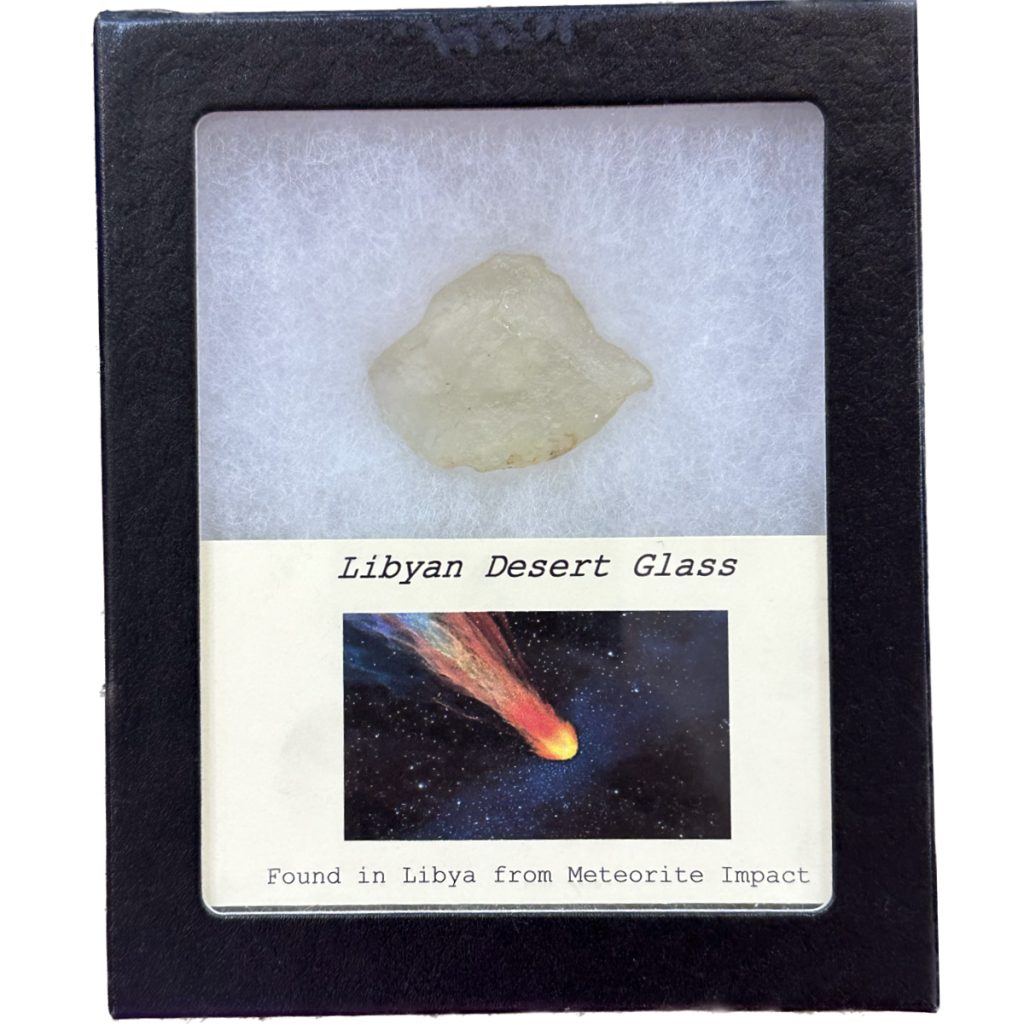
The unique chemical composition of Libyan Desert Glass, including its high levels of iridium, has led researchers to speculate about its potential use as a marker for the K-T boundary, the geological boundary marking the end of the Cretaceous period and the beginning of the Tertiary period. This tektite’s presence in archaeological sites indicates that it was highly valued by ancient civilizations and played a role in their cultural practices and beliefs. Today, Libyan Desert Glass continues to captivate scientists and enthusiasts alike, offering a tangible connection to Earth’s distant past and the powerful forces that have shaped our planet over millions of years.
Russian Micro Tektites:
Russian micro tektites are tiny glass spherules, often less than a millimeter in size, believed to have formed during impact events. These small tektites are found in various regions of Russia and provide valuable insights into impact dynamics and the nature of impacting bodies. Despite their size, they are important for understanding the frequency and intensity of impact events in the region and contribute to our understanding of Earth’s geological history. The study of Russian micro tektites enhances our knowledge of impact processes and their effects on Earth’s environment, highlighting the significance of these phenomena in shaping our planet’s history.
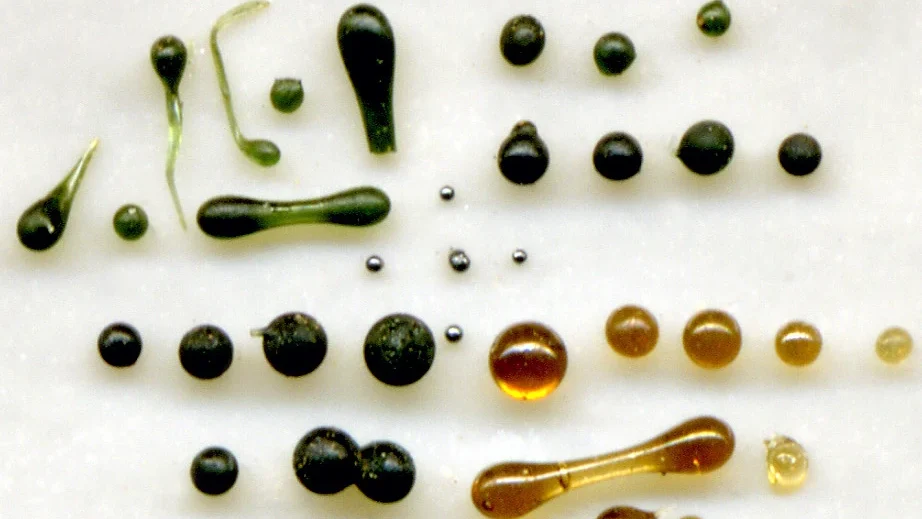
The study of Russian micro tektites is essential for understanding Earth’s geological history and its interactions with extraterrestrial bodies. By analyzing the physical and chemical properties of these tiny glass spherules, scientists can reconstruct the circumstances surrounding impact events and gain a better understanding of their effects on Earth’s environment. Russian micro tektites also contribute to our knowledge of impact dynamics and cratering processes, shedding light on the mechanisms by which celestial bodies shape planetary surfaces. In addition to their scientific value, Russian micro tektites also hold cultural significance, serving as reminders of the Earth’s vulnerability to cosmic impacts. Throughout history, impact events have had profound effects on life on Earth, leading to mass extinctions and shaping the course of evolution.
